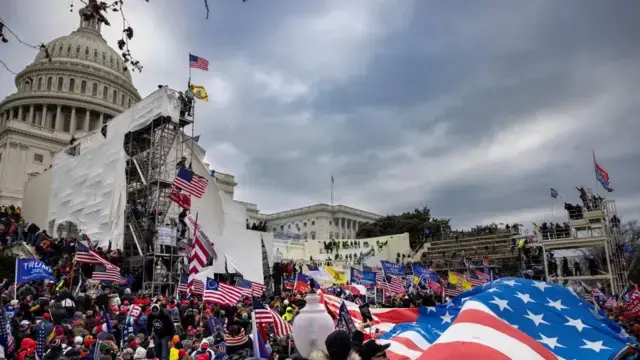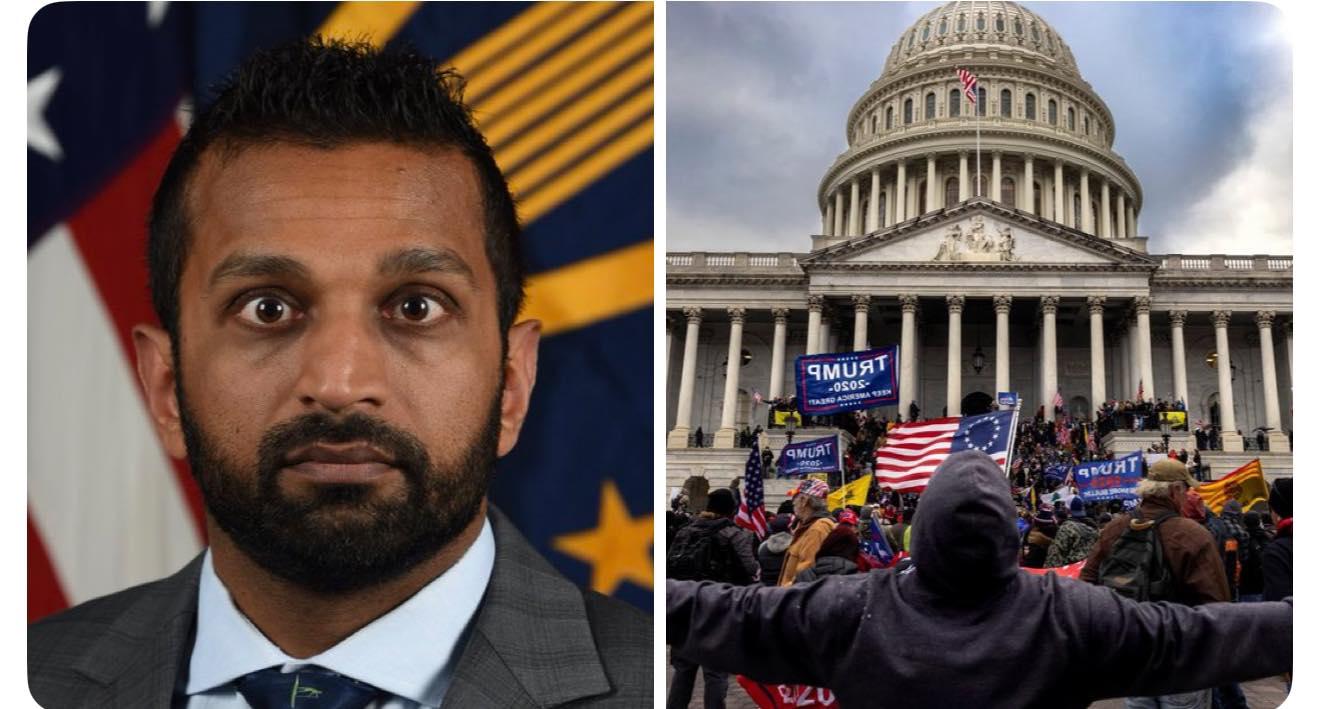The Federal Bureau of Investigation (FBI) has announced it will release a series of documents related to the January 6, 2021, attack on the U.S. Capitol. These files are expected to shed light on longstanding questions about the presence of undercover agents or confidential human sources in the crowd and whether they played any role in inciting violence. This decision marks a significant step toward addressing the controversies surrounding the event, which has deeply divided public opinion.

The January 6 attack shook American politics, with images of hundreds of rioters storming the Capitol to overturn the 2020 presidential election results. Since then, numerous conspiracy theories and allegations have emerged, particularly from groups claiming the FBI may have orchestrated or encouraged the violent actions. Past reports indicate the FBI frequently employs confidential sources in investigations, but specific details about their involvement on January 6 remain unclear.
The release of these documents comes amid growing pressure from lawmakers and the public demanding transparency about how the FBI handled the events leading up to the riot. Some legislators, particularly from the Republican Party, have questioned whether undercover agents were present in the crowd and if their actions went beyond mere observation. These inquiries have been fueled by prior revelations that the FBI utilized sources within militia groups and extremist organizations linked to the event.
An FBI spokesperson stated that the documents will be declassified in phases, with the aim of balancing national security and protecting the identities of sensitive sources. However, they emphasized the agency’s commitment to transparency to restore public trust. The files are expected to include internal reports, communication records, and details about surveillance activities before and during January 6.
Analysts suggest the release could either ease or heighten political tensions, depending on the documents’ contents. If the files indicate FBI involvement in inciting violence, they could trigger significant public backlash and undermine the agency’s credibility. Conversely, if the documents confirm that agents were solely engaged in observation, this could help dispel suspicions about the FBI’s motives.
Regardless of the outcome, the release of these files represents a critical move toward transparency. It also raises broader questions about the role of law enforcement in monitoring political movements and the line between national security and civil liberties. The public awaits these disclosures for a clearer understanding of one of the most chaotic days in modern American history.






